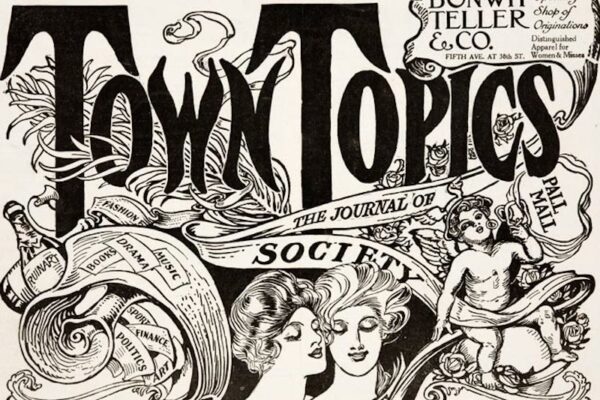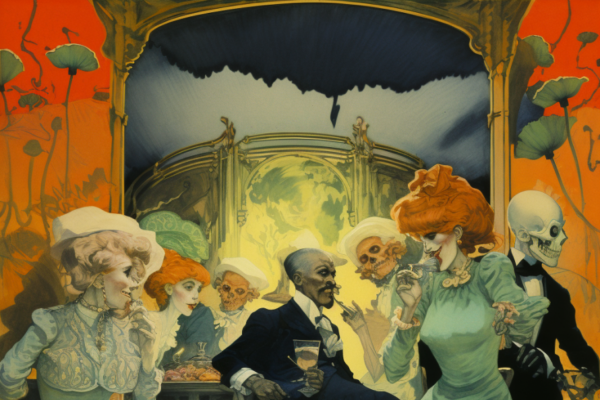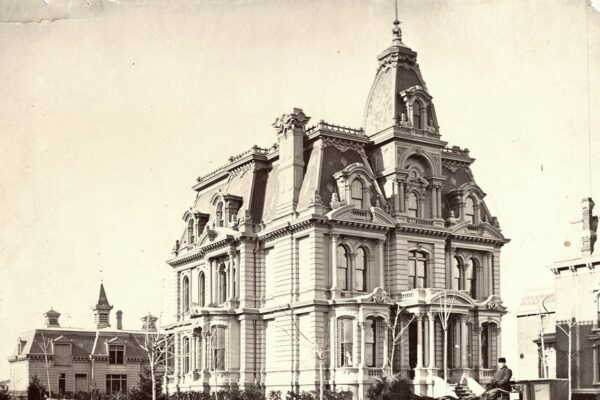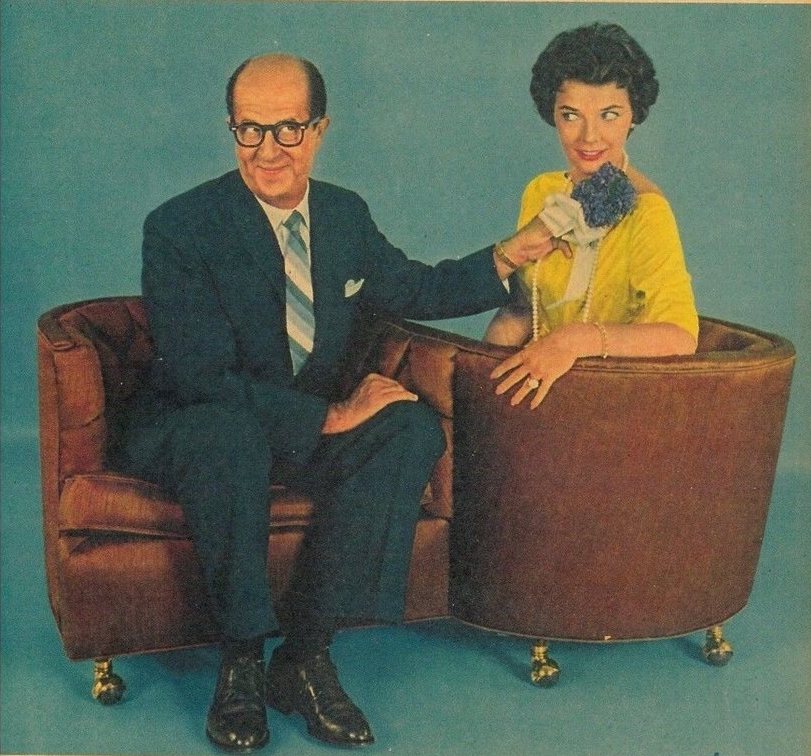
It’s taken many names, shapes and forms over the centuries – the conversation chair, the courting bench, a tête-à-tête, a chaperone chair, the vis-à-vis, gossip chair or the indiscret. Considered the pinnacle of sophistication and style during the Gilded and Victorian age, if you were entertaining the fashionable elite, one simply wasn’t running a home worth visiting without a conversation chair in one’s parlour.
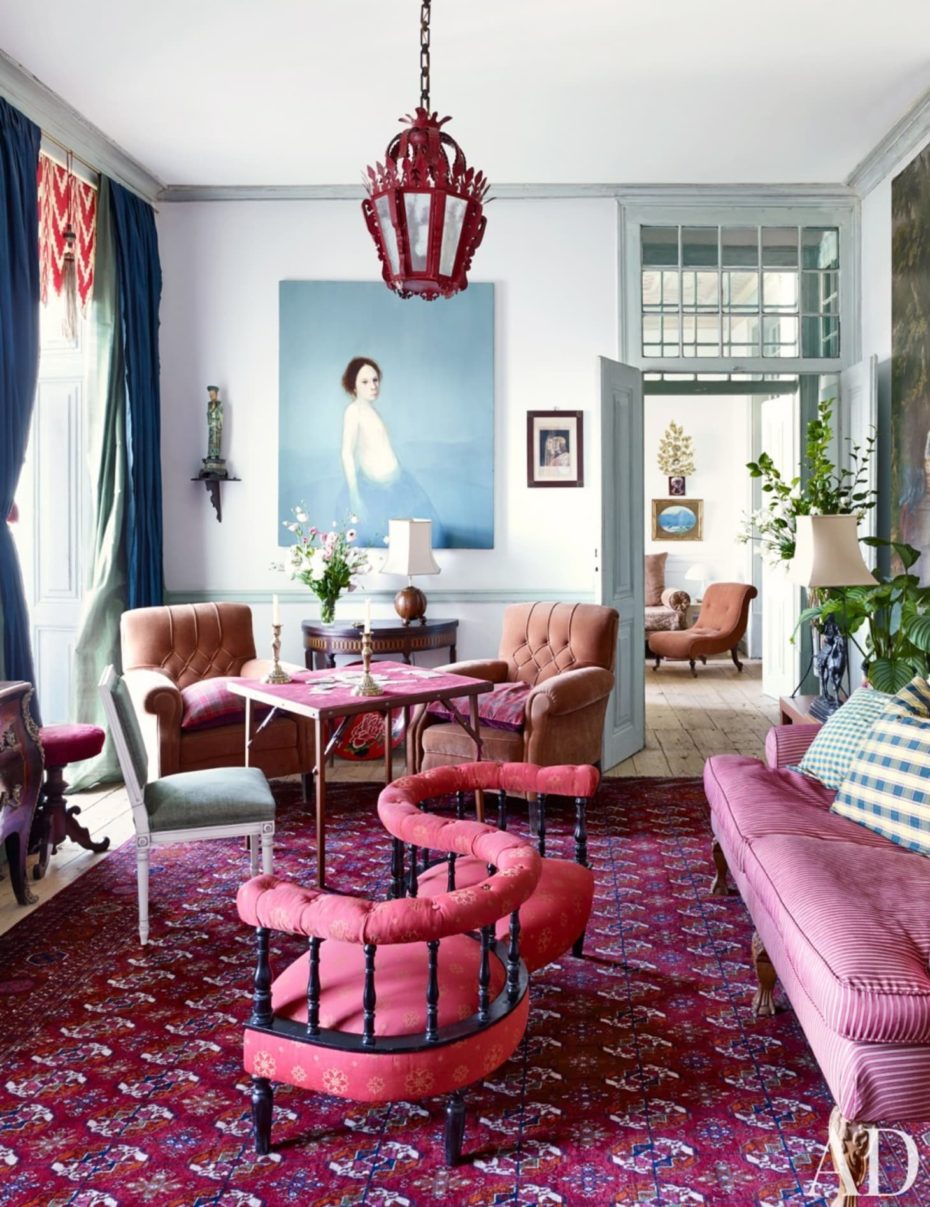
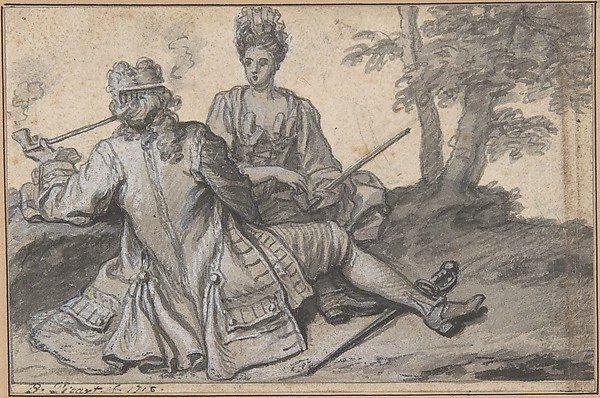
Conceived in 19th century France, the basic setup consists of two seats conjoined in a serpentine shape, allowing the sitters to discreetly have a conversation. Without a table creating distance between them, they’re able to speak more intimately and quietly, while also preventing too much physical contact by virtue of a shared armrest cleverly doubling as an elegant barrier of sorts.
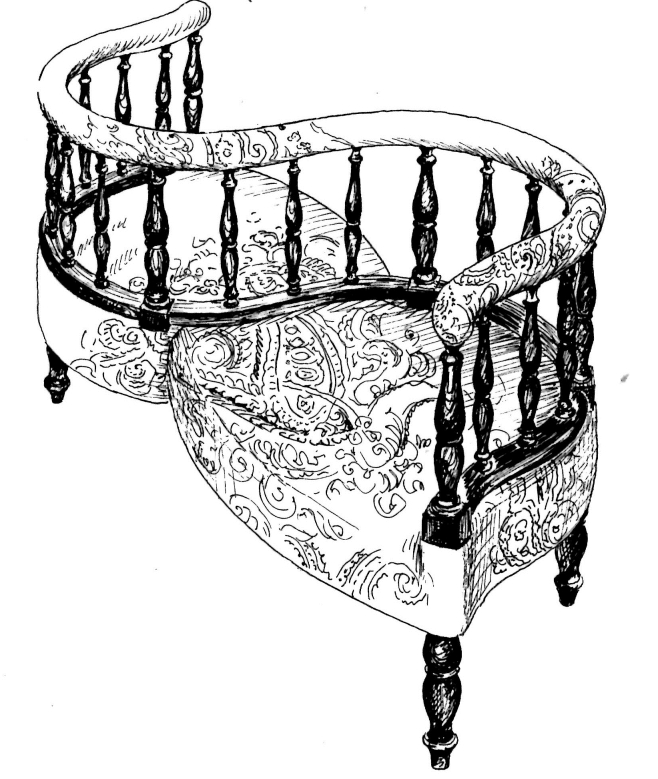
This suited Victorians very well. Budding courtships of the era often unfolded with the close supervision of parents or chaperones and the conversation chair effectively became a popular feature of the household for pushing a potential match in the right direction, while still keeping it all very PG-13.
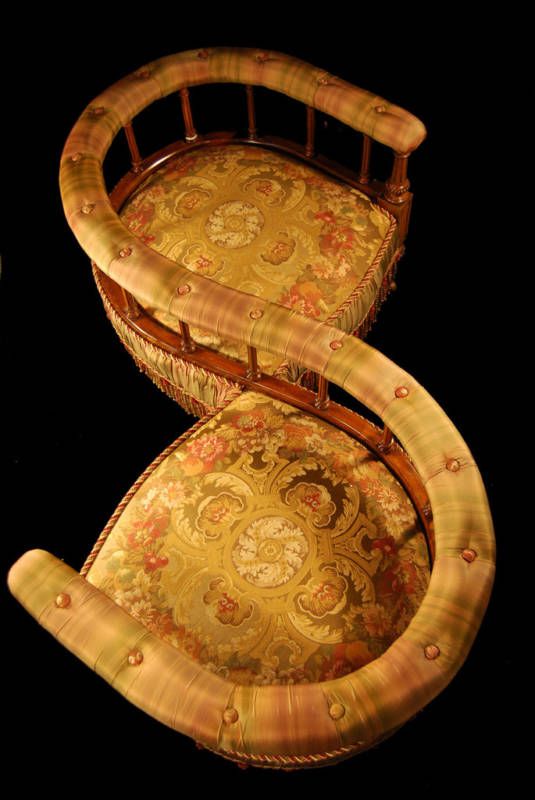
Adding a third seat to the scenario turns it into the “chaperone chair”, or what we might prefer to call a “third-wheel chair”, convenient for a young lady’s governess to be certain nothing untoward was being discussed by the couple. But the true backstory of the conversation chair may not be entirely romantic…
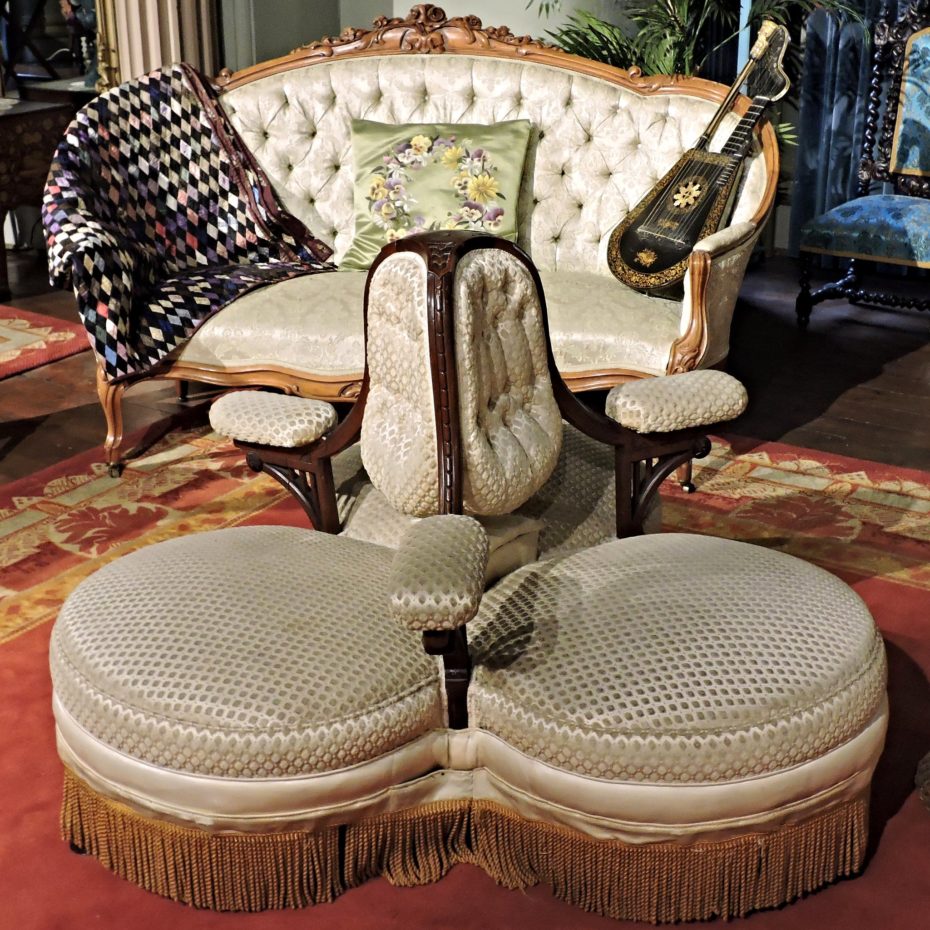
The two-way and three-way chairs were wildly popular during France’s Second Empire where they first originated. The two-seater was known as “le confidant“, indicating that it was intended for confidential conversations; between political confidants, for example. Taking on a propellor-like form, the three-way chairs were known as the “indiscret” (indiscreet), in honour of the third person who would be sticking their nose into a private conversation. Napoleon distributed them throughout his ministers’ apartments in the Louvre, as if to encourage his advisors and subjects to eaves-drop on each other.

Indeed, these chairs were designed with bad habits in mind, to facilitate the indiscreet gossip and whispering that was so rampant in 19th-century French salons. Only history knows what secrets were plotted, exchanged and overheard across those three-way upholstered chairs.
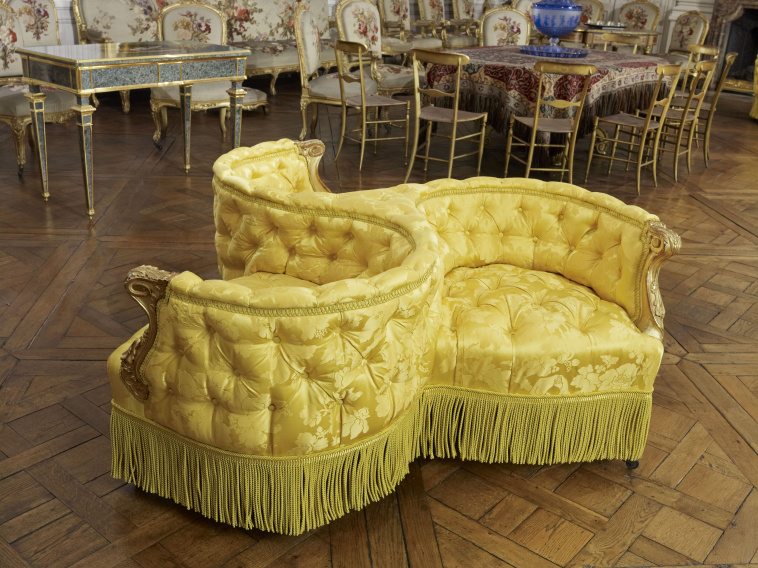
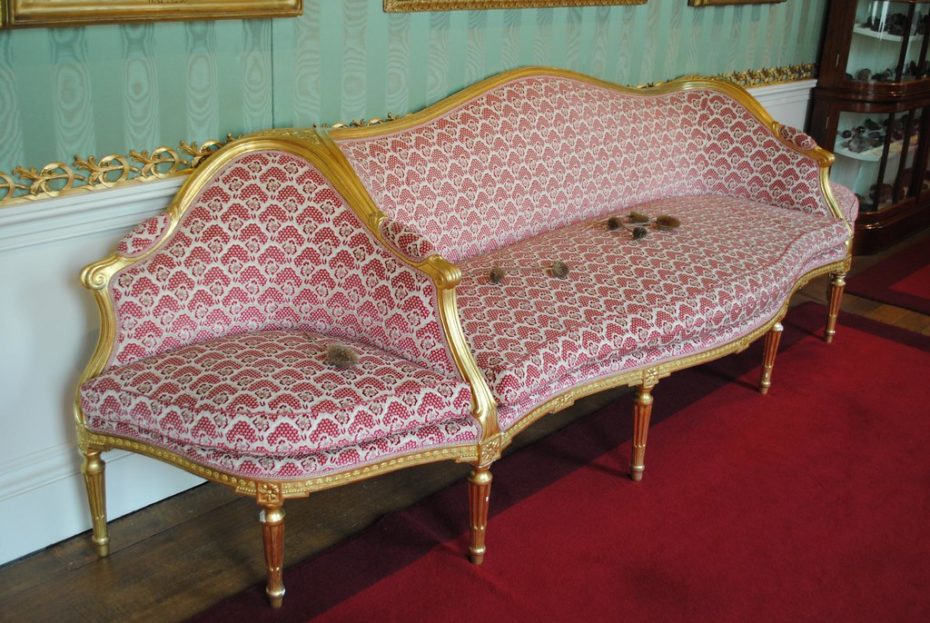
Above and below are some unusual and even more evolved examples of conversation chairs where it appears the designers were attempting to merge a standard settee with an indiscret or chaperone seat on either side. You can imagine ladies in waiting and gentlemen’s advisors seated on either side of a budding courtship, whispering 19th century pick-up lines and witty comebacks to the inexperienced lovebirds seated in the middle…
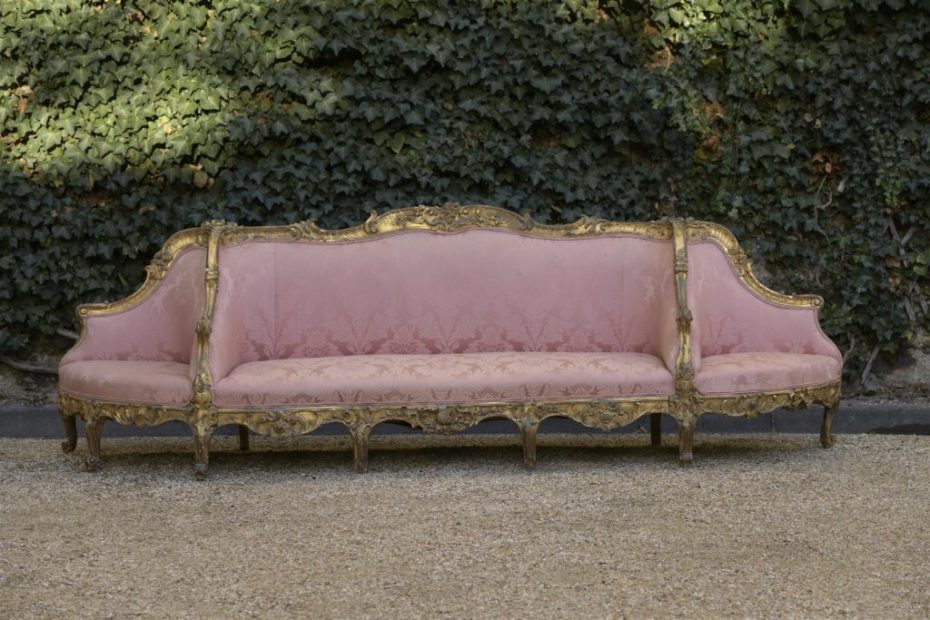
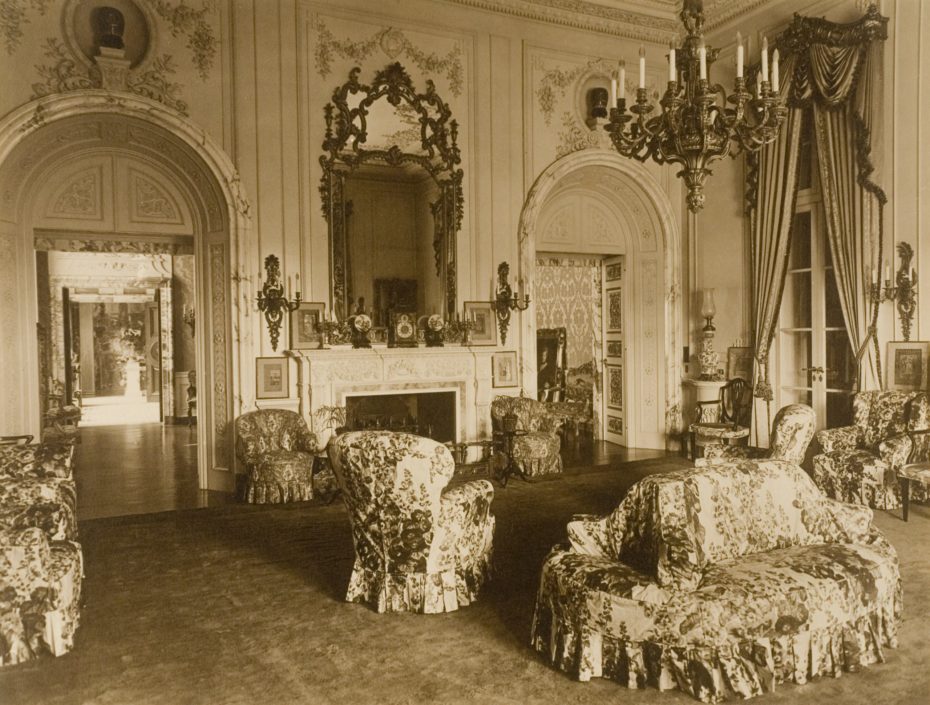
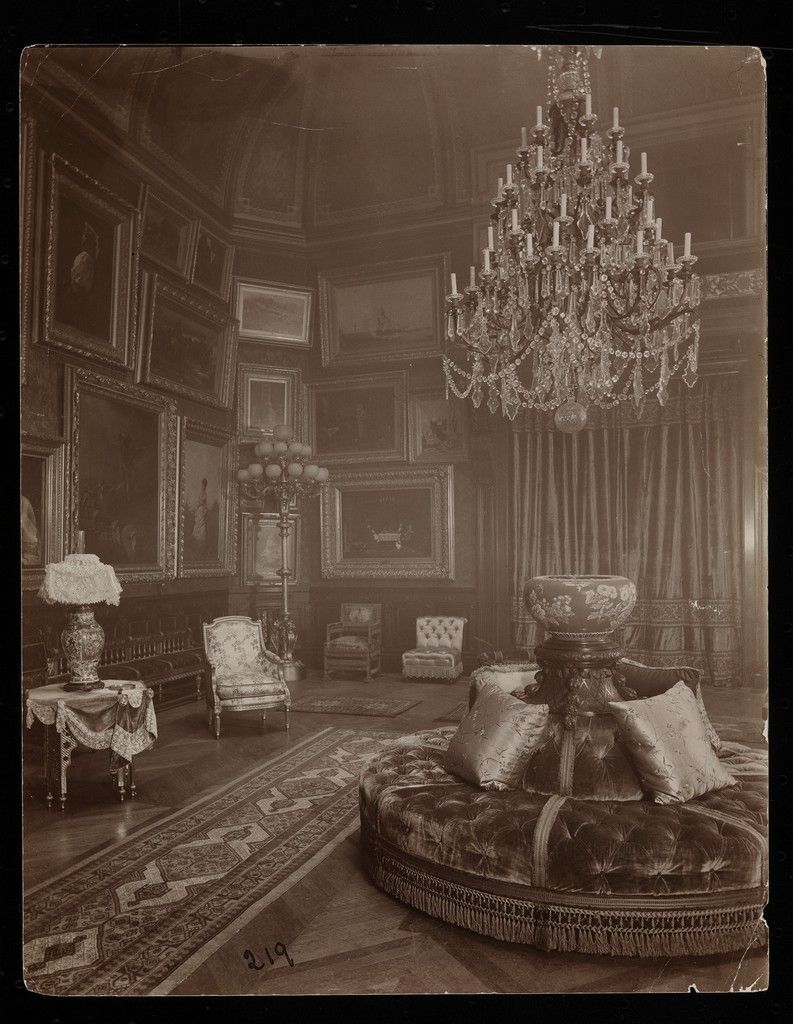
Next, we come full circle, literally, with what’s known officially as a “borne settee”, best described as a circular or round sofa, while still sitting comfortably in the same family as the conversation chair. Used extensively in larger ornate drawing rooms or hotel lobbies and similar public places, these round sofas could get quite elaborate, often reflecting the ‘Turkish taste’ which became popular in French decor throughout the nineteenth century (they can also be referred to as a divan de milieu).
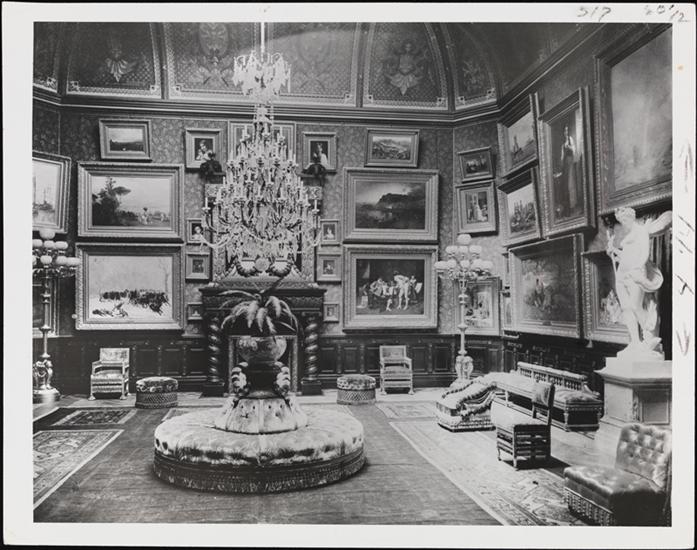
Virtually no mansion of the Gilded Age was complete without the borne settee. How better for the newly-rich barons to show off their gilded rooms filled with art, than with 360 degree museum-style seating? Guests could marvel at the room by facing any point on the compass while discretely gossiping about their host at the same time.
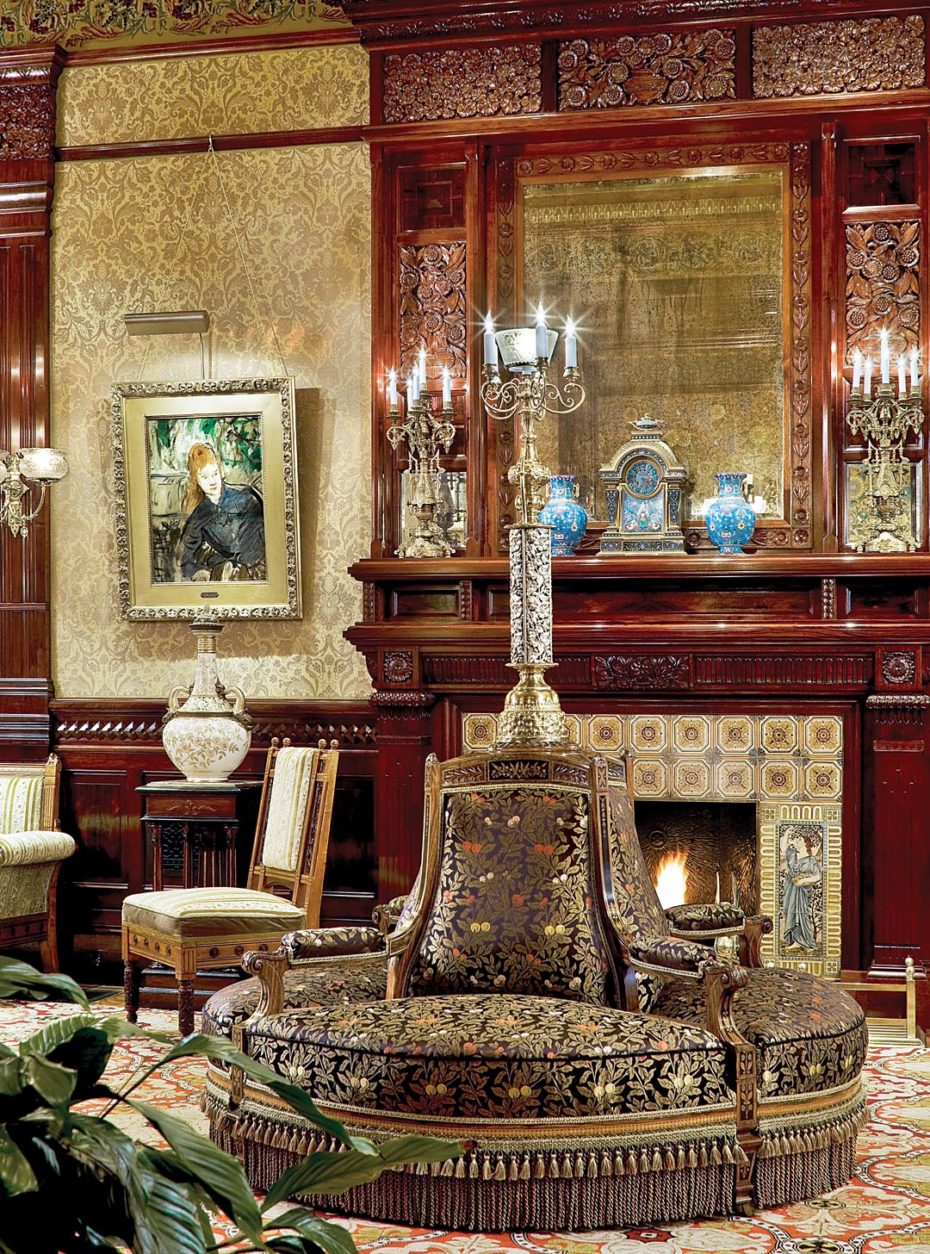
With its separative arm rests, the borne settee were just the thing for Victorians who liked to sit there looking noble under the guise of unfamiliarity, all the while whispering about their trysts and scandals.
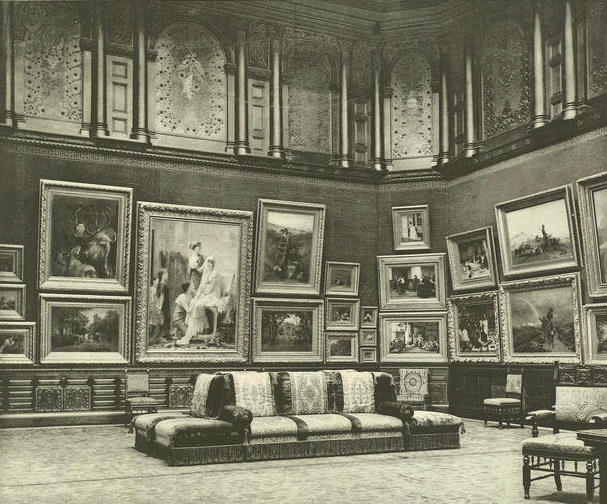
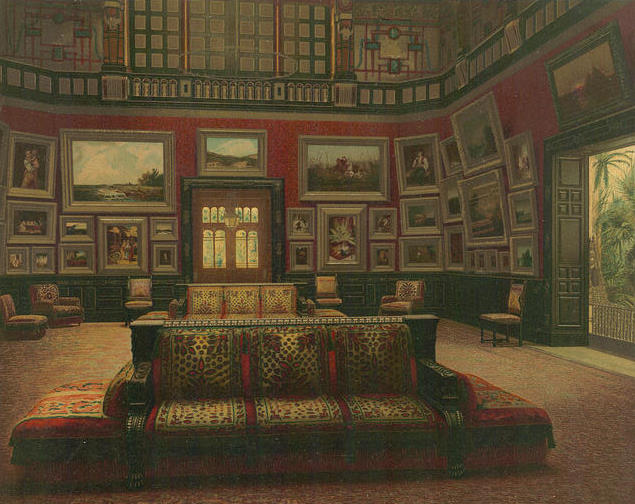
Another variation of the borne settee is the boudeuse, a back-to-back sofa, also developed in 19th century France, but considerably more rare…
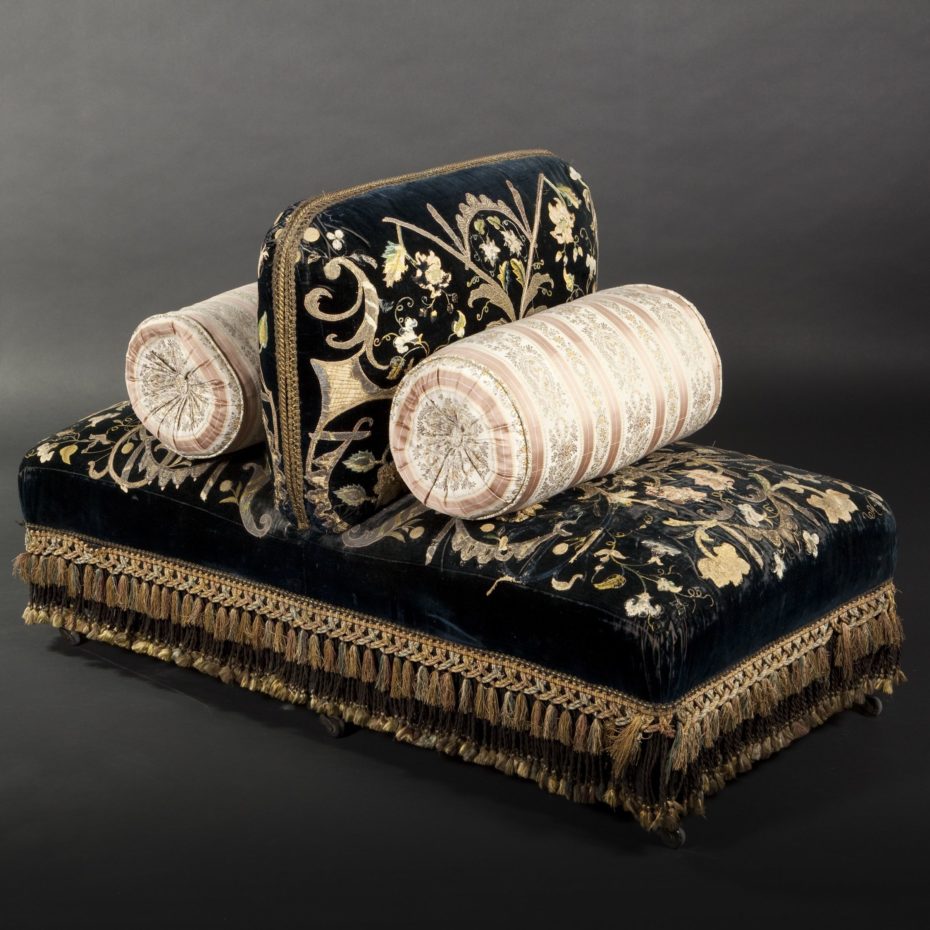
The iconic French interior designer and eccentric Parisian queen of style, Madeleine Castaing was very influential in bringing back the borne settee in the mid-20th century, which possibly put them in the “kitsch” category along with other Victorian revivals like the Tiffany lamp.
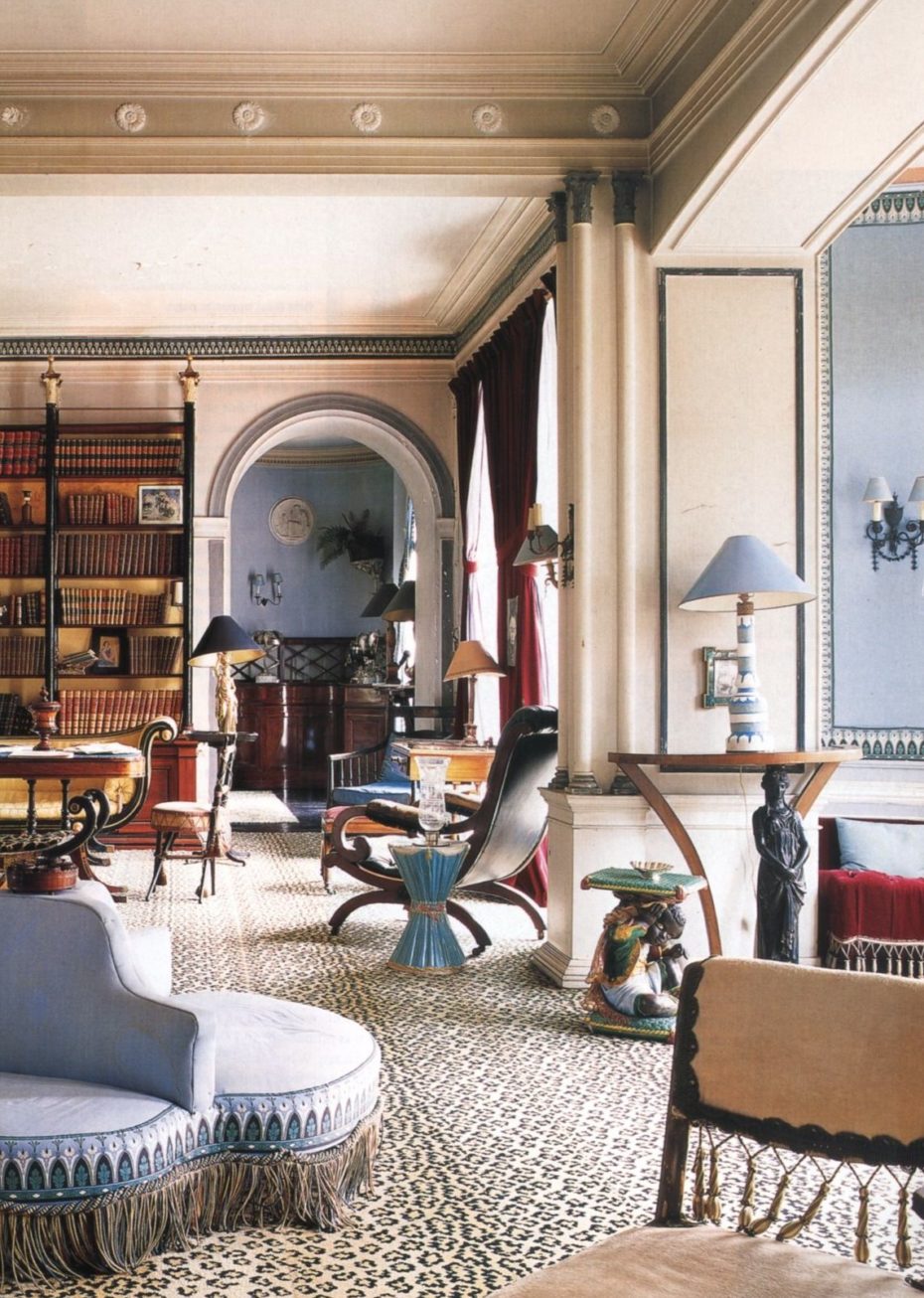
Salvador Dali also designed his own tête-à-tête sofa in the 1930s when he collaborated with furniture designer and interior decorator Jean-Michel Frank.
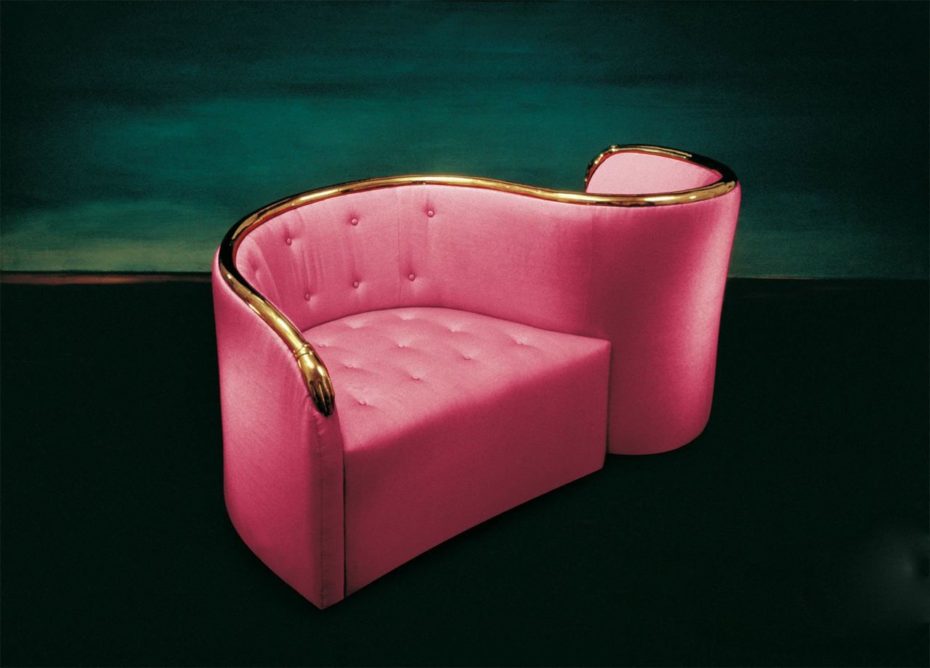
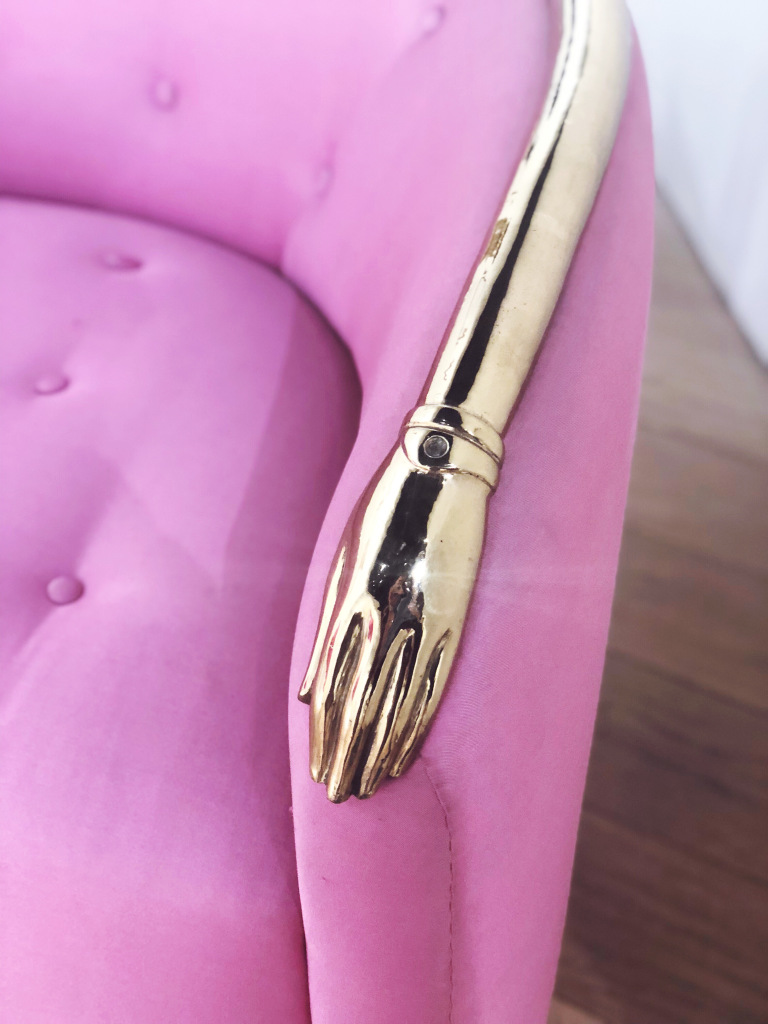
Having inspired furniture designers now for hundreds of years, the conversation chair has been adapted by nearly every style and generation.
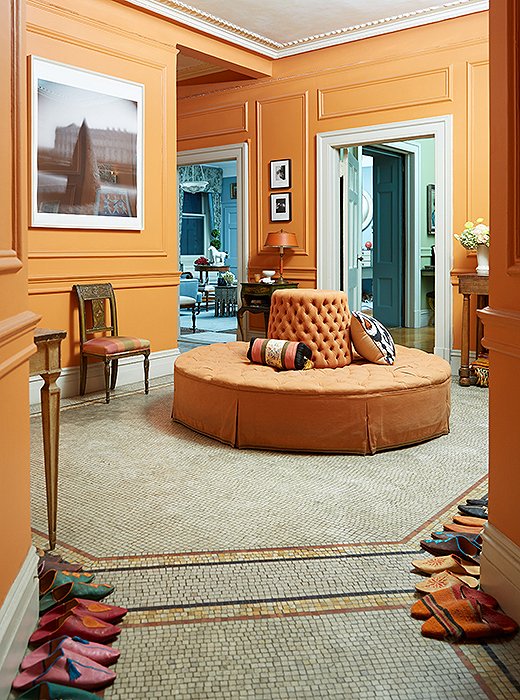
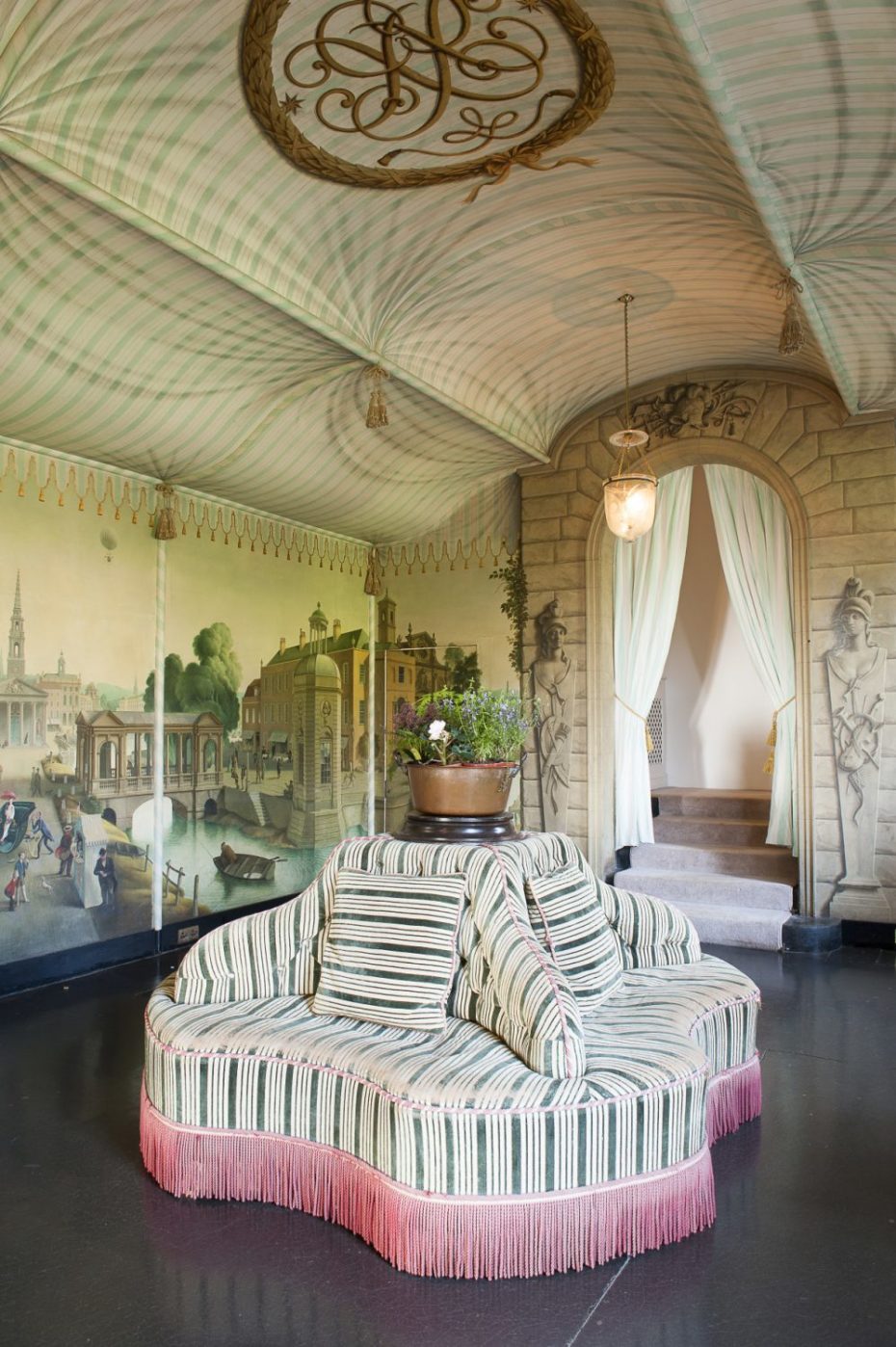
Here’s a brief unloading of what I found on the internet. Some of it is for sale if you’re quick enough – that is, provided you’ve made it in life to have the space (and budget) to accommodate a conversation chair…
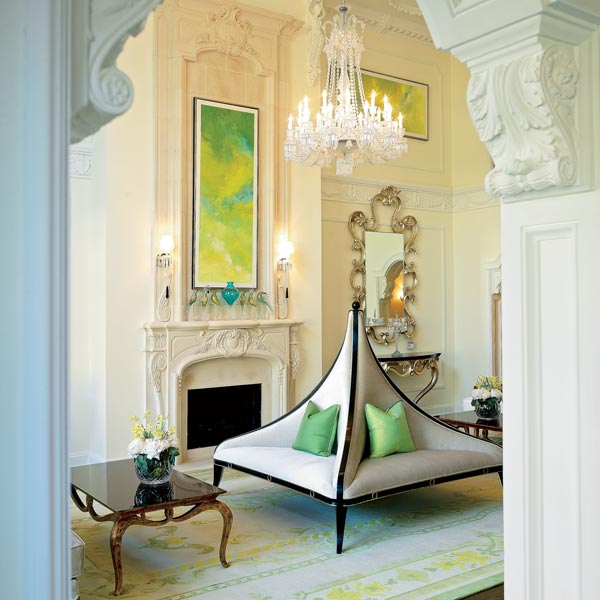
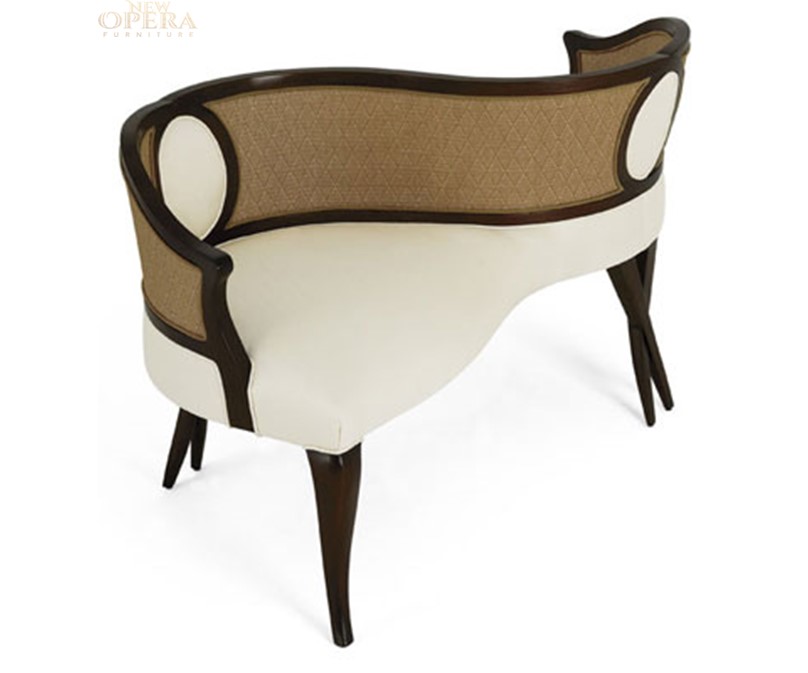
One designer I came across in my search who seems to have made a name for himself creating some very elegant and modern variations of the conversation chair, is Christopher Guy.
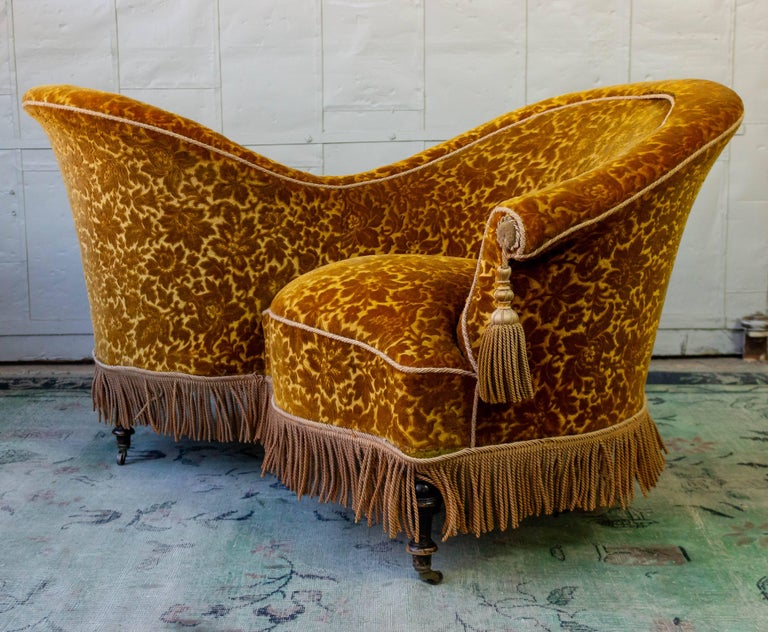
The online marketplace 1st Dibs is also a good place to find some very fine and unusual antique examples…
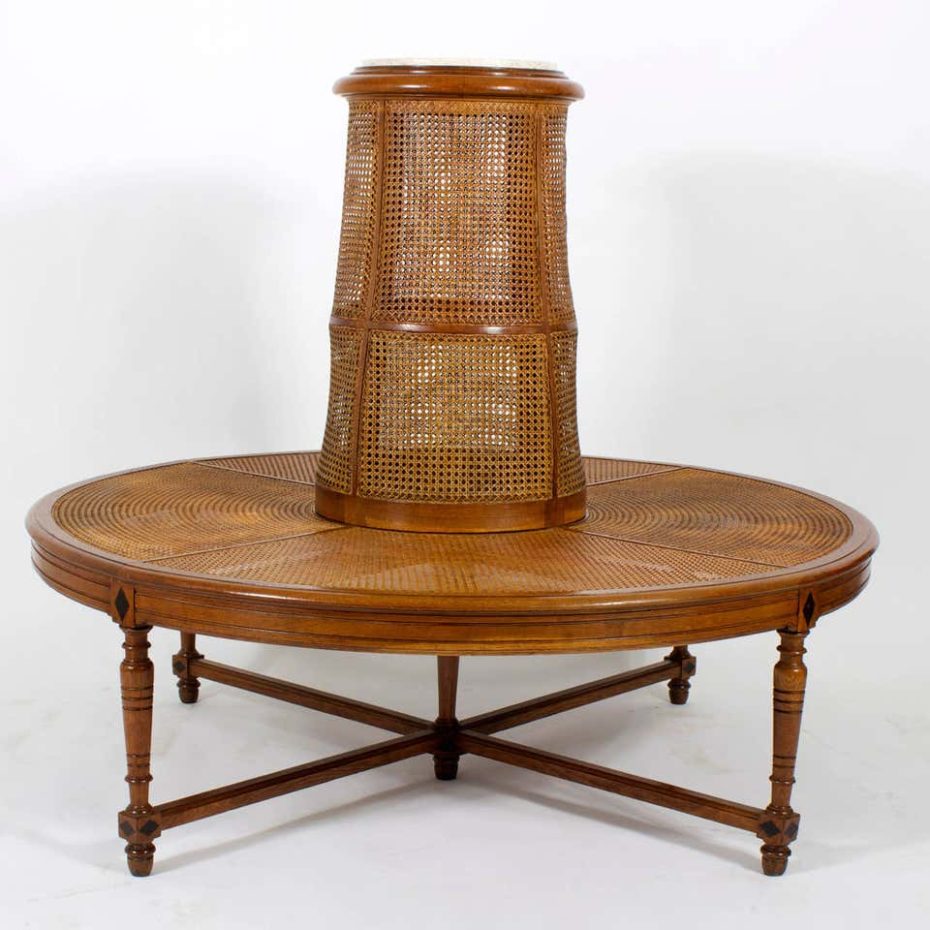
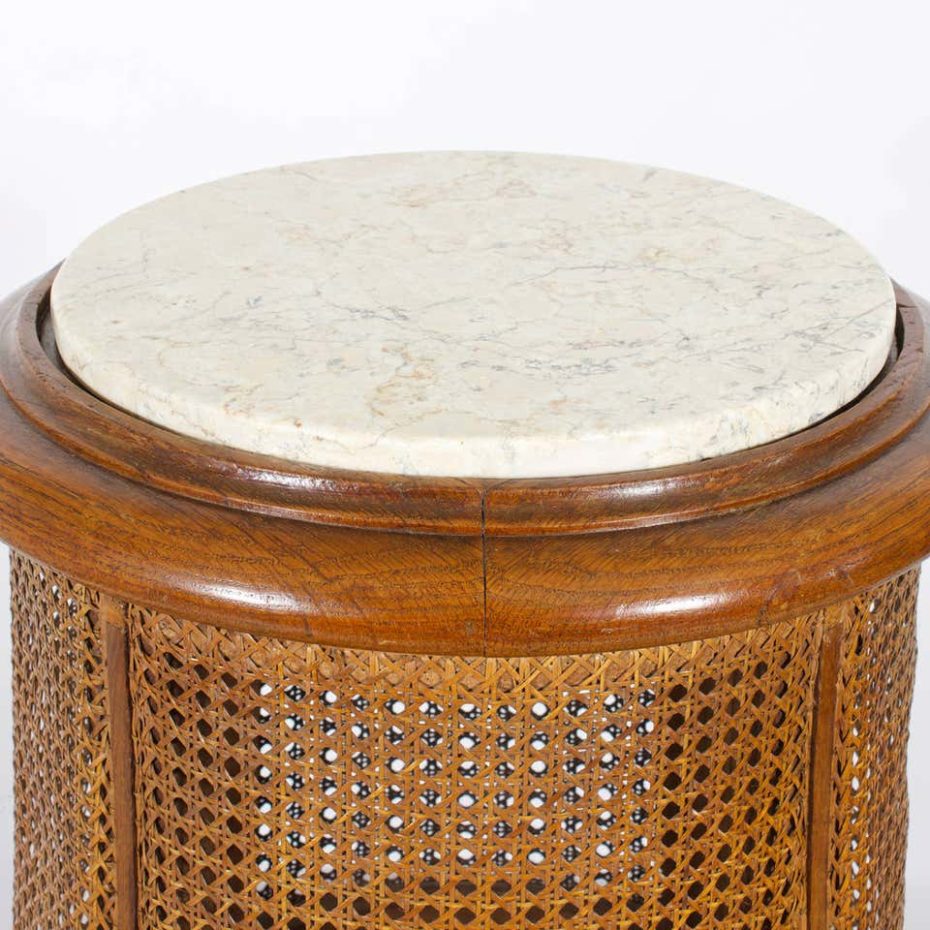
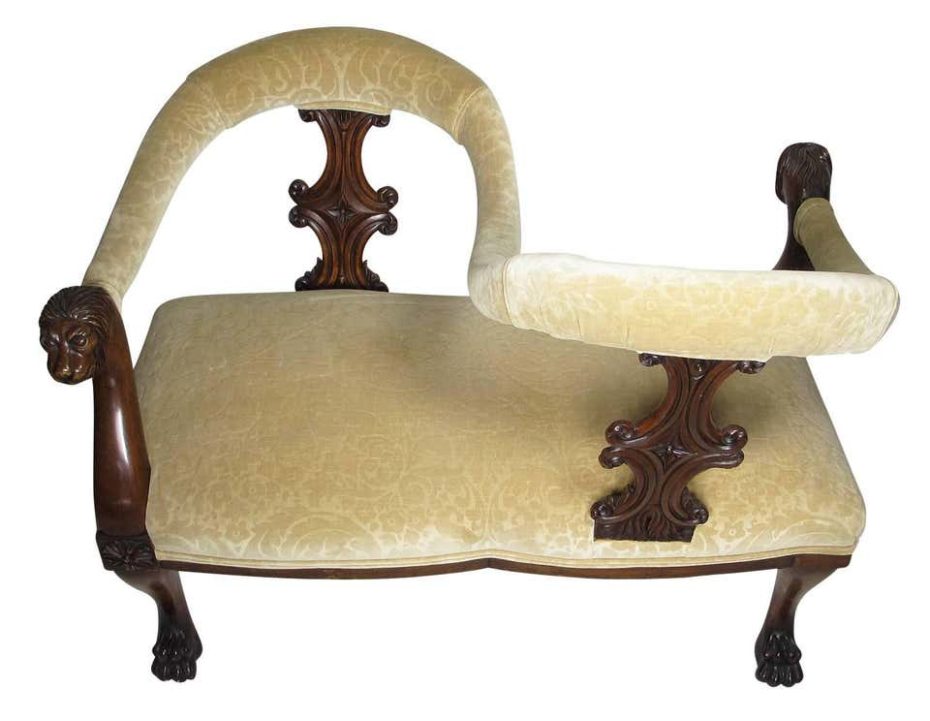
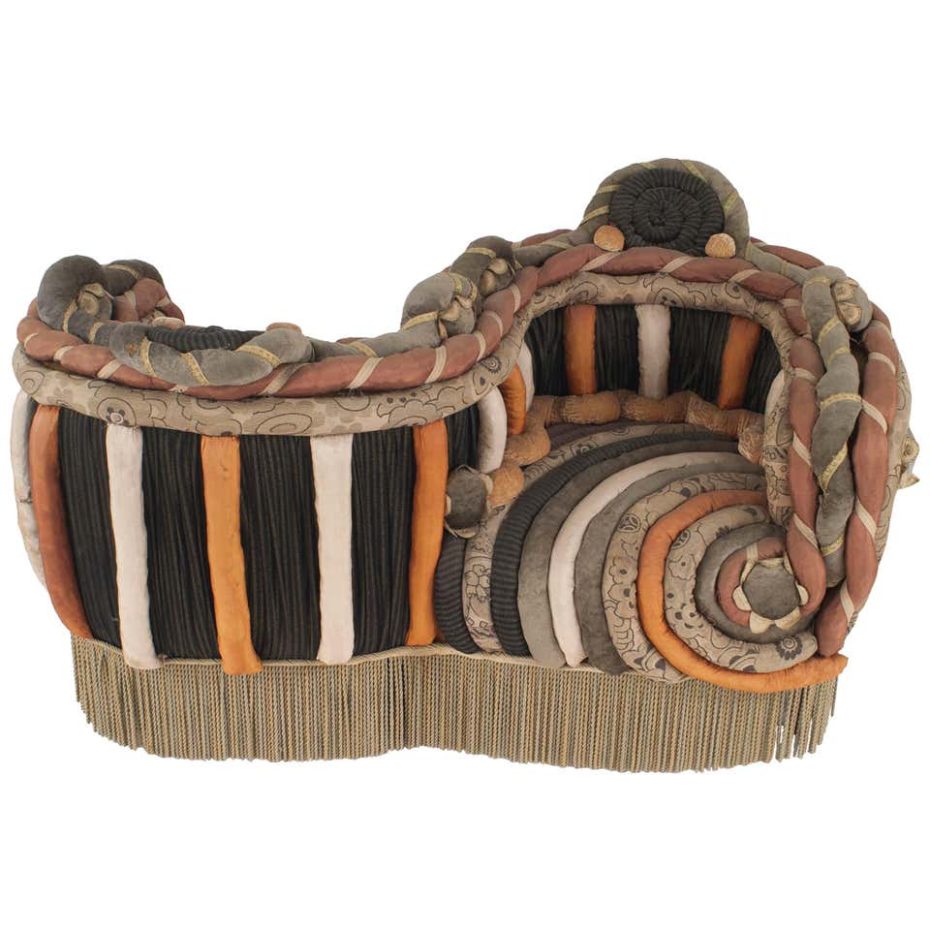
As well as Manhattan’s Newel gallery…
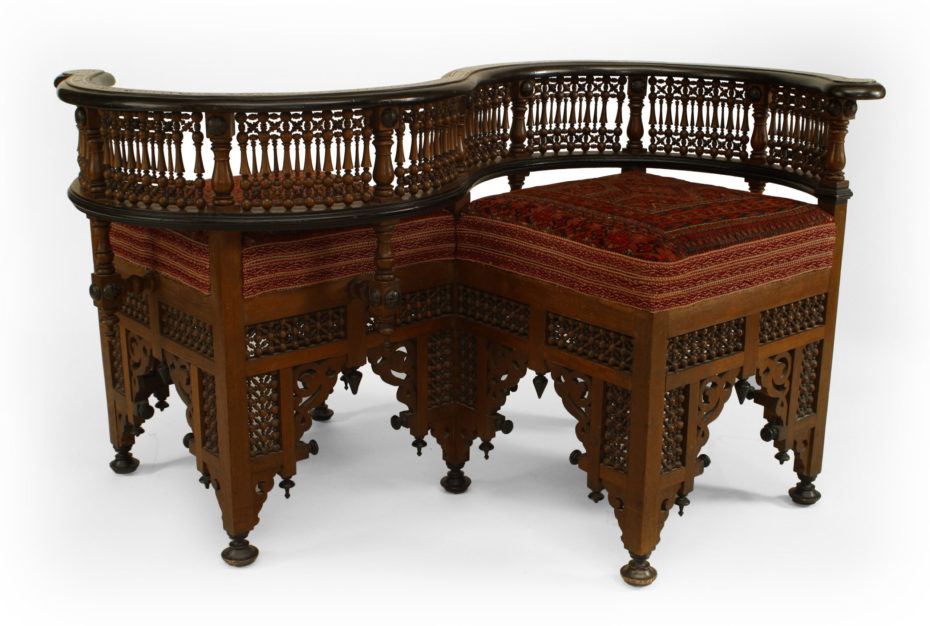
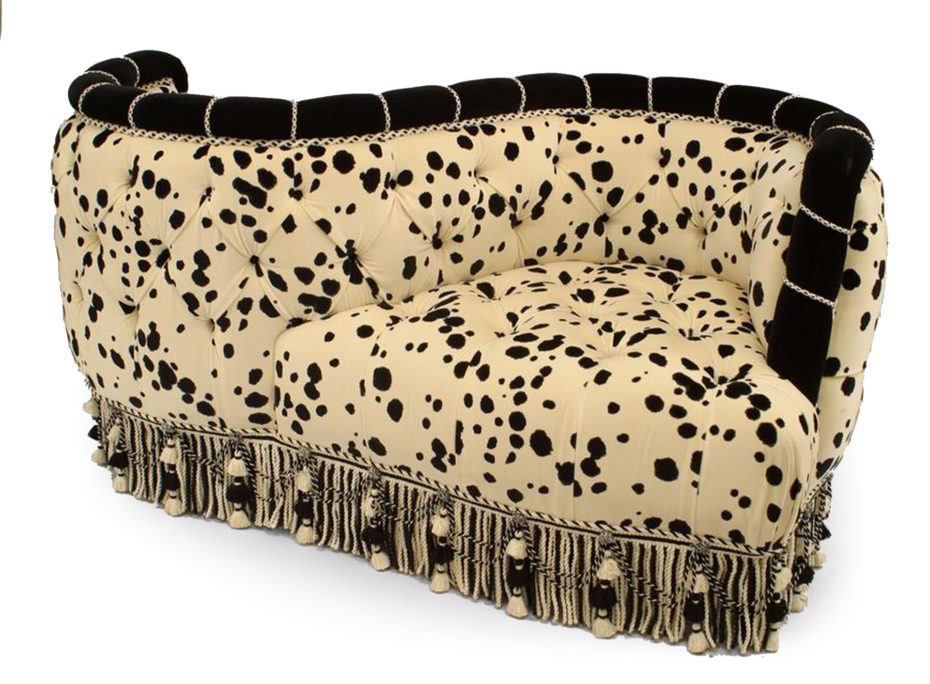
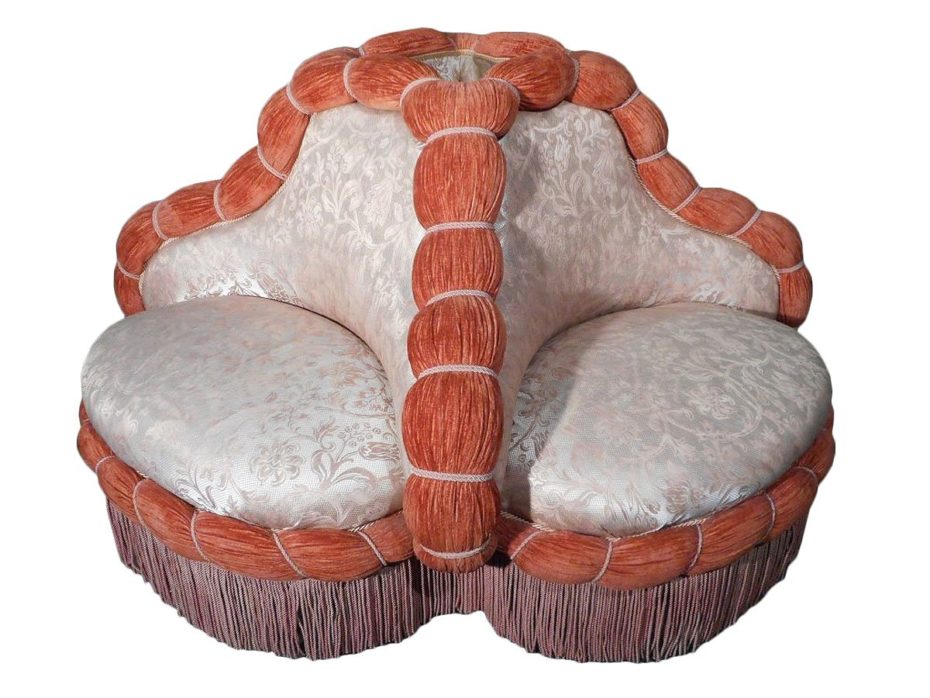
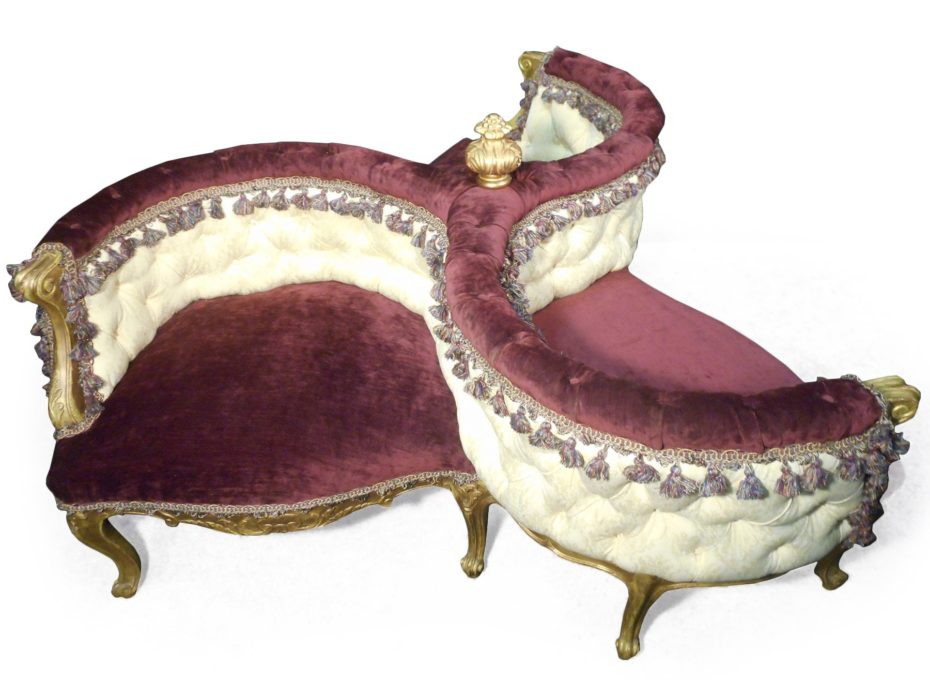
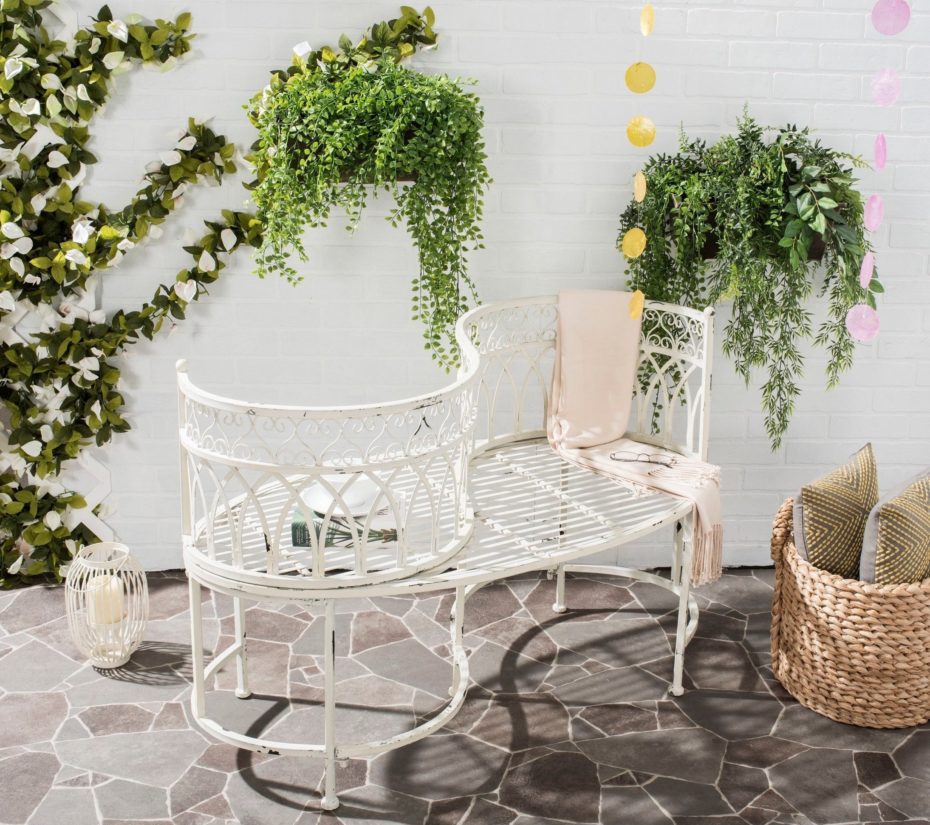
For something slightly more in my price range – online retailer Overstock makes this outdoor rustic bench for $184.
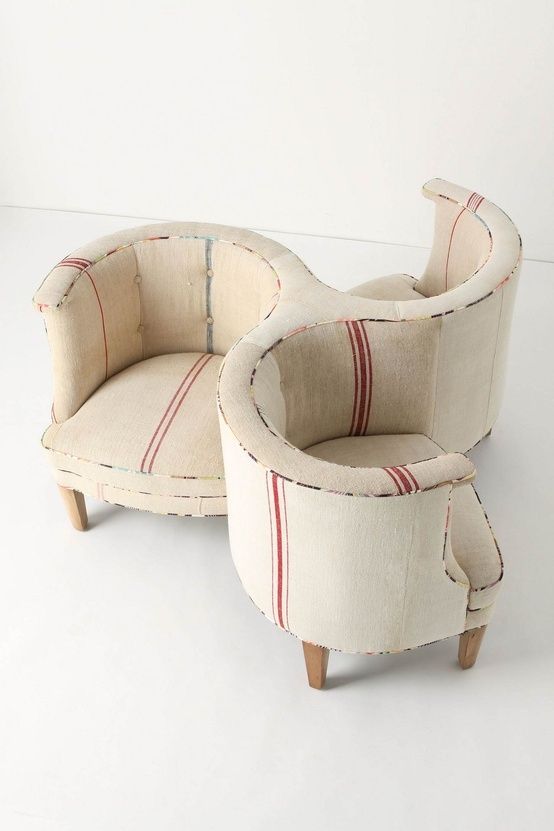
And somewhere in between, the folks at Athropologie have released a few variations of the conversation chair in recent years. The above three-way model is unfortunately from a past collection, but the velvet tulip model below is currently for sale on their website.
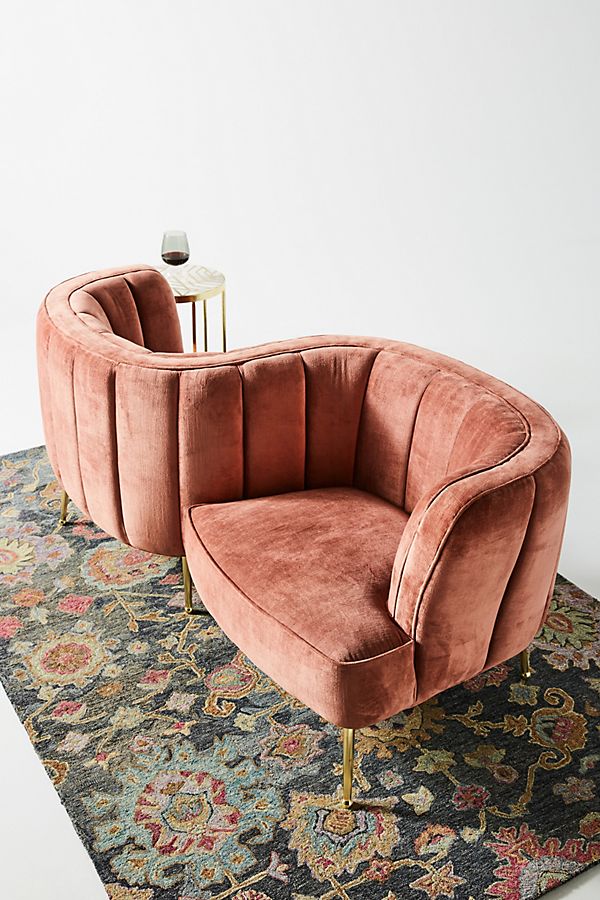
Alternatively, for a DIY solution, you could always try arranging a pair of armchairs in a tete-a-tete formation. Happy decorating!







